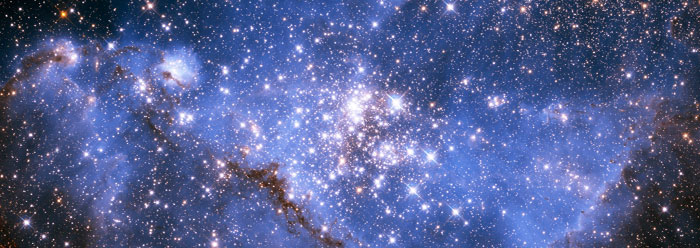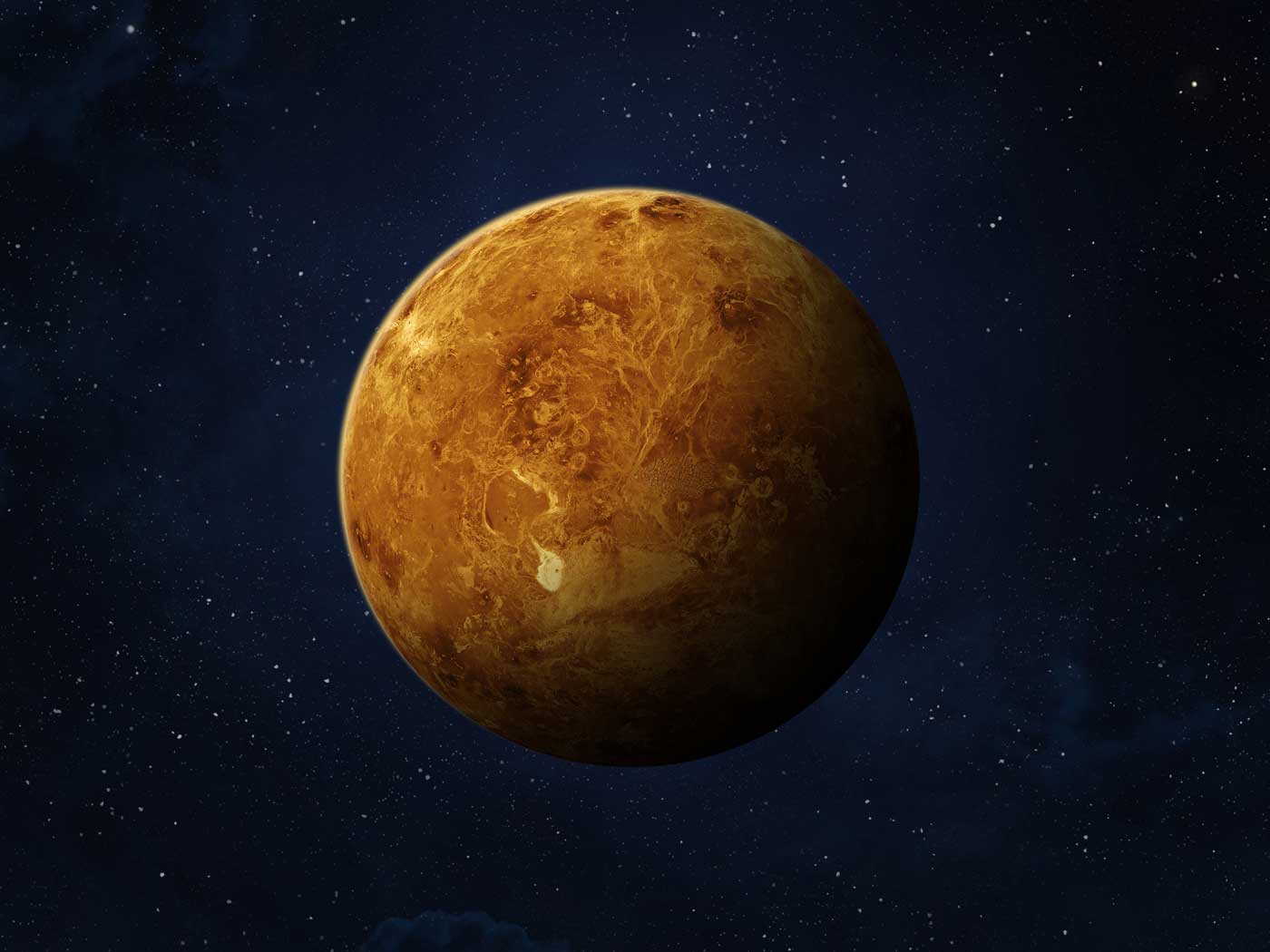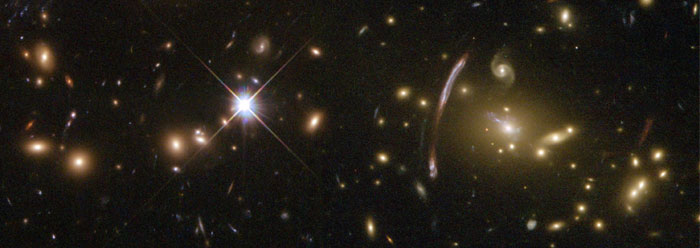William Paley (1743-1805) was a British philosopher and clergyman. In the book, Natural Theology, he offered a powerful argument for the truth of the Creator and His work. Paley supposed that in crossing a field, two different objects are found lying upon the ground, a stone and a watch. The basic question is then asked, where did these two items come from? Concerning the stone, nothing is unusual. The stone is a "natural" object, just one in a trillion similar stones. But what about the watch? The watch is in a separate category altogether. It displays planning and craftsmanship, beauty and usefulness. In short, a watch clearly requires a watchmaker. Paley then applied this common-sense conclusion to earth's life forms. The complexity of living creatures far surpasses that of any watch ever constructed. Therefore, design seen in living systems surely requires a Designer.
Paley's recognition of intelligent planning in nature is known as a teleological argument. Teleology refers to the study of evidences of design in nature, and is derived from the Greek word for end or purpose. This teleological argument has been continually challenged by critics since Paley's day. The philosopher David Hume (1711-76) brought forward the problem of evil: How could suffering and death possibly reveal a perfect Designer? The answer, of course, is that nature's design is just one dimension of theology. Suffering results from the curse occurring subsequent to creation. The cure for sin, through redemption alone, shows the Lord's eternal perfection in the greatest way possible. A second attack on Paley came from Darwin's 1859 publication, Origin of Species by Means of Natural Selection. The appeal this time was to a mechanistic self-ordering process in nature. Mutations provide random changes and natural selection concentrates the beneficial features. Of course there are many fatal problems with Darwin's view. However, it is still much used in the design debate.
Old arguments have an uncanny way of returning at a later time with increased strength. Thus after two centuries, Paley's reasoning still applies and is even stronger than before. The chief reason is the discovery of a new "watch" in nature. In fact, not just one watch has been found, but a whole showcase full, all beautifully constructed and running smoothly. This reference is not to literal watches, but instead, to hundreds of carefully balanced equations, constants, and properties of matter! It is further realized that if any of these quantities were changed in the slightest way, the result would be catastrophic. Scientists, in describing today's universal balance, often refer to "astonishing precision," "cosmic coincidences," or a "contrived appearance." This perspective has been summarized in the Anthropic Principle which states that the universe appears to be carefully designed for the well-being of mankind.1, 2
(A) Proton Mass
Three examples of design will be presented, representing scores of others. First, consider the mass of the proton. Such a property of an elementary particle might at first seem of trivial significance. However, closer inspection reveals that the proton's mass has been exactly chosen to provide both its own stability and that of the entire universe. In contrast, a free neutron (n), a slightly heavier particle, decays to a proton, an electron, and an antineutrino with a half-life of just twelve minutes. Free neutrons simply cannot persist in nature.
However, if the mass of a proton were somehow increased by just 0.2%, then the proton would become the unstable particle. It would quickly decay to a neutron, positron, and neutrino: This second reaction does not occur, but it would if the proton were just slightly heavier. The implications are truly universal. Of chief significance, the hydrogen nucleus is just a single proton. Thus the hypothesized rapid decay of protons would destroy all hydrogen atoms. Furthermore, hydrogen is a major component of our bodies, as well as water molecules, the sun, and all other stars. Hydrogen is, after all, the dominant element of the universe. It is obvious that the proton's mass has been wisely planned to be slightly smaller than that of a neutron, to prevent the collapse of the universe. Also, protons are not subject to the influence of mutation or natural selection. Their physical properties were chosen from the beginning and have not changed.
(B) Gravitational Force
A second example of design involves the basic forces of nature. One of these is the law of universal gravitation. According to this law, all masses are found to attract each other with a force F which is inversely proportional to the square of a separation distance, r, between the masses. Discovered by Isaac Newton 300 years ago, this fundamental force holds the universe together. Gravity maintains the moon's orbit around the earth, the earth's orbit around the sun, and also the rotation of the entire Milky Way galaxy.
Scientists have always wondered about the factor 2 in this equation. As Science News put it, this relation "has always seemed a little too neat. Is the exponent some fraction near two, which would be messy but might seem more empirical?"3 In an evolved universe, one would not expect such a simple relationship. Why is the factor so exact; why not 1.99 or 2.001? The gravity force has been repeatedly tested with sensitive torsion balances, showing that the factor is indeed precisely 2, at least to five decimal places, 2.00000. As with the proton's mass, any value other than 2 would lead to an eventual catastrophic decay of orbits and of the entire universe. The gravity force clearly displays elegant and essential design.
(C) Strength of Electrical Charges
Another basic force of nature measures the attraction or repulsion between electrical charges. The strength of the electric force can be seen in a lightning stroke, when electrons surge between charged objects. This Coulomb force also is found to vary as the inverse square of the distance between the charges. Since the electric force is much stronger than gravity, the factor 2 can be measured to a much greater precision than that of gravity. Thus far the electric force distance dependence has been measured as exactly 2, to 16 decimal places: 2.000000000000000! 4 In other words, the factor in the force equation once again remains exactly 2, to the best limits of scientific testing. These "natural" laws such as gravity and electricity might better be called God's laws. They surely reflect His purposeful planning.
Consider the testimony of Max Planck (1858-1947), Nobel Prize winner and founder of modern physics. 5
"According to everything taught by the exact sciences about the immense realm of nature, a certain order prevails--one independent of the human mind . . . this order can be formulated in terms of purposeful activity. There is evidence of an intelligent order of the universe to which both man and nature are subservient."
The knife-edged balance of protons and forces is indeed a strong testimony to the Creation. These are not artificial relationships resulting merely from human measurements and constructs. Instead, the intricate physical values have forced themselves upon our senses. Other similar "coincidences" involve such quantities as the fine structure constant, nuclear forces, and the total number of particles in the universe. All seem carefully chosen. Evolutionary change is entirely unable to deal with such permanent properties of nature.
What then has the opposition done with such data? Great imagination has been exercised! It has been postulated that an infinite number of universes actually exist, all beyond our detection. In this grand super-space there are assumed to be universes of every conceivable type, both harmful and beneficial to life. Thus it is inevitable (that word again!) that there will be at least one universe where all properties are ideal, and we happen to be in it! These many universes are thought to exist independently, like soap bubbles. They spontaneously arise from quantum mechanical fluctuations from nothing.6 Eventually, after expansion, they evaporate back to nothing.
The creation of the real universe was indeed ex nihilo, from nothing, but by the direct infinite power of the Creator instead of random fluctuations. This more credible view was presented by the apostle Paul long ago. He declared that the power and planning of the Creator could be understood by the obvious design of the creation. This design should then lead us to the Scriptures, through which the Creator may be personally known. Paul further warned that those who reject such physical evidence are without excuse (Romans 1:20).
The reader is challenged to give serious and open-minded consideration to the timeless design argument, valid for the apostle Paul and William Paley, as well as for Max Planck and thousands of present-day scientists too.
1 Carr, B.J. and M.J. Rees, "The Anthropic Principle and the Structure of the Physical World," Nature 276 (April 12, 1979) pp. 605-612.
2 Gale, G., "The Anthropic Principle," Scientific American 245 (December 1981) pp. 154-171.
3 "Gravity Very Precisely,"Science News 118 (July 5, 1980) p. 13.
4 Halliday, D. and R. Resnick, 1978. Physics, Part 2. John Wiley and Sons, Inc., p. 609.
5 Barth, A., The Creation In the Light of Modern Science, (1966) Jerusalem Post Press, Jerusalem, p. 144.
6 Thomsen, D.E., "The Quantum Universe: A Zero-Point Fluctuation?" Science News 128 (August 3, 1985) pp. 72-74.
* Dr. DeYoung received his Ph.D. degree in Astrogeophysics from Iowa State University in 1972. He is professor of physics at Grace College in Winona Lake, Indiana, and is also visiting professor of Geophysics in the ICR Graduate School.












.jpg)








